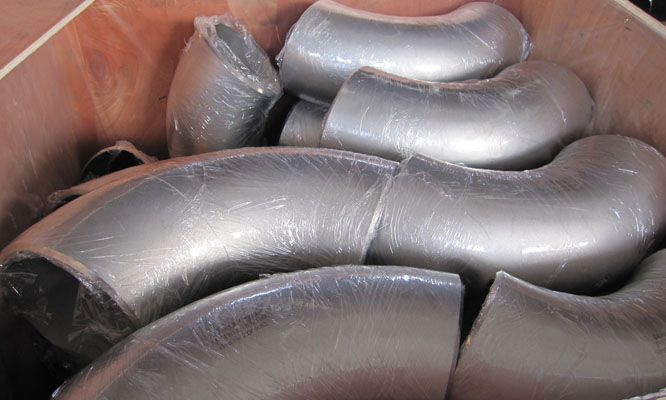304 And 316 Series Of Stainless Steel Buttweld Fittings Comparison

Austenitic stainless steels are generally used while selecting a stainless steel that can endure corrosive environment as it possesses excellent mechanical properties. Besides being outstandingly resistant to corrosion due to the high amounts of nickel and chromium in it, austenitic stainless steels are also weldable and formable. 304 and 316 buttweld fittings are commonly used grades of austenitic stainless steel. In order to choose the right grade for your project, it is very important to not only know about them but also understand the difference between the two grades.
Grade 304 Stainless Steel: The grade 304 stainless steel buttweld fittings contains the high amount of nickel and chromium content. The chromium content is approximately 18 to 20 per cent by weight whereas the nickel content is between 8 to 10 per cent by weight. It is generally regarded as the most common type of austenitic stainless steel. It is composed of other major alloying elements including manganese, silicon and carbon with the remainder of the chemical composition comprising of iron. It is commonly used in piping and heat exchangers as the high amounts of nickel and chromium give 304 stainless steel excellent corrosion resistance. Other common applications of 304 stainless steel buttweld fittings include:
- Fasteners
- Refrigerators
- Dishwashers
- Such structures in an environment that would corrode standard carbon steel
- Commercial food processing equipment.
Grade 316 Stainless Steel: With the majority of the composition being in iron, grade 316 stainless steel buttweld fittings also contains the high amount of nickel and chromium content. Similarly, it also contains carbon, manganese and silicon. While selecting an austenitic stainless steel for marine applications grade 316 stainless steel buttweld fittings is often considered one of the most suitable choices, further, it is also applied in the following:
- Medical devices
- Refinery equipment
- Marine environments, especially those with chlorides present.
- Chemical processing and storage equipment.
The major difference between Grade 304 and Grade 316 Buttweld fittings lie in their chemical composition. Compared to grade 304, which only consists of traces of molybdenum, grade 316 contains a significant amount of it, typically 2 to 3 per cent by weight. The high amount of molybdenum content makes grade 316 more corrosion resistant.
At Hitesh Metal, we have a complete range and vast inventory of Stainless Steel 304 Buttweld fittings and Stainless Steel 316 Buttweld fittings that are available in a variety of sizes, shapes and specification depending on the project requirement of the client. If you want to buy this product you can contact us today and to get a free quote!
